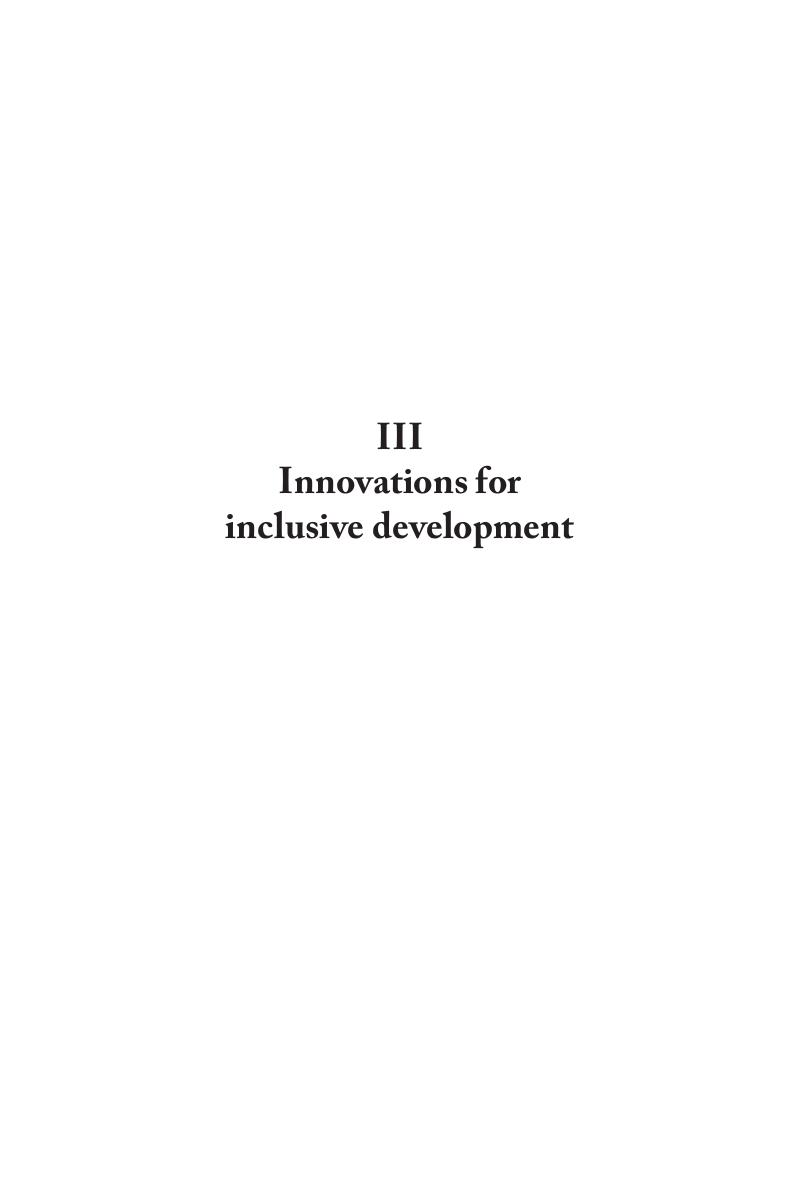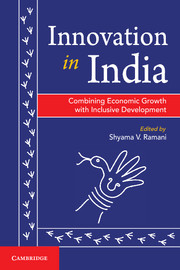III - Innovations for inclusive development
Published online by Cambridge University Press: 05 July 2014
Summary

- Type
- Chapter
- Information
- Innovation in IndiaCombining Economic Growth with Inclusive Development, pp. 278 - 391Publisher: Cambridge University PressPrint publication year: 2014

